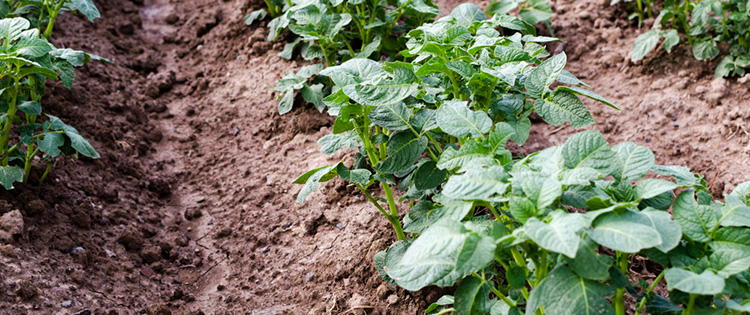As a homesteader, I am often concerned about the soil my plants grow in.
I agree that plant maintenance, plenty of sunlight, and a sound drainage system are essential to a healthy and plentiful plant yield. Yet, I think not compromising the soil type and quality is equally significant. Hence, cultivating the right plants in suitable soil is often my first consideration.
Don’t forget that homesteading has evolved beyond the off-grid, backyard, or remote farming we’re used to. Today, it’s about the combo of food and lifestyle. Nursing an eco-friendly, sustainable, and self-sufficient homestead starts with choosing the appropriate soil for your plant.
Clay soil is a soil type homesteaders often dread. But are there plants that can grow in it? Yes, but, perhaps, I’ll start by telling you a few things about clay soil itself.
What is Clay Soil?
Clay soil or heavy soil isn’t what many farmers – subsistent or commercial –want to have around their backyard. The presence of excess clay minerals in this heavily dense soil can be scary. More problematic is the soil’s poor oxygen content. Besides, plants’ roots hardly can grow through the soil, nor is water able to penetrate it.
Nonetheless, clay soil absorbs and retains nutrients and moisture. Yet, some plants will do well and germinate on clay soil. They help the soil reinforce the texture of the soil. In addition, these soil-tolerant plants also can break up clay soil for well-rotted nutrients and manure.
Here are the best plants to grow on clay soil; if you have the often-dreaded clay soil around your garden, never worry.
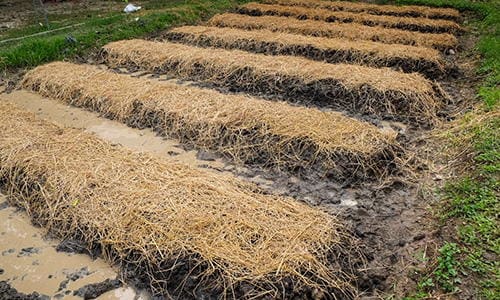
Best Plants For Clay Soil
1. Artichoke: This is an excellent mulching plant, thanks to its sturdy, deep taproots. While they grow, these plants can heal your clay.
2. Thalictrum: Thalictrum makes a good candidate for a clay-friendly flowering plant.
3. Cauliflower: Cauliflower grows well on clay soil because of its high water-retention ability. It’s used as food and medicine.
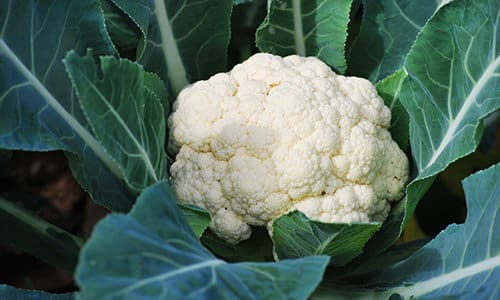
4. Pumpkins: These fruit-like plants will grow on any soil type, provided there are enough nutrients. You can eat them raw or make them into orange fruits.
5. Fountain Grass: These highly invasive tropical tufted grasses have plumy, feathery panicles that will do well on clay soil. They are good as ornamentals.
6. Brussel Sprouts: Brussel sprouts are moisture-retentive, adequately drained, cruciferous homesteading vegetables that do well on clay soil and at a pH range of 6 to 7.
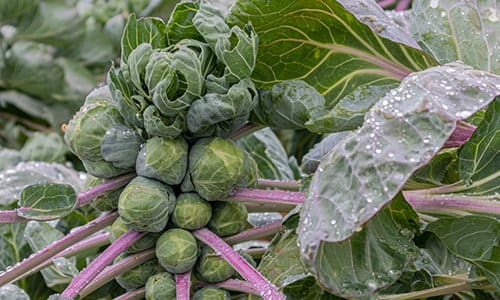
7. Switchgrass: These clump-forming feathery flowers can thrive in medium to damp conditions. They help conserve your soil fertility.
8. Kale: Cold, weather-tolerant varieties of Kale grow well on clay soil. You may need to dig the soil to reinforce clay aeration. Kale is weight-friendly, vitamin-rich nutrition.
9. Mustard: Mustard is a clay-busting plant that adds a lot of nutrients to the soil, thanks to its fibrous root system.
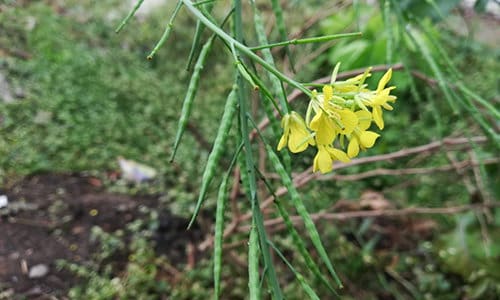
10. Bearded Iris: Iris is a perennial plant that comes in various types and colors. They’re soil-tolerant. Iris is a perfect raw material for making perfume.
11. Chard: Swiss chard will perfectly survive if you plant it in clay soil around a temperature range of 40 degrees Fahrenheit. They are a perfect plant for healthy bones.
12. Sedum: Although it thrives well on sand or gravel, sedum (stonecrop) can tolerate well-drained clay and do well on it. It’s suitable for making medicine.
13. Cabbages: Cabbages are a popular part of salads. They grow well regardless of the soil texture or type and can be a great option if you want a crunchy bite.
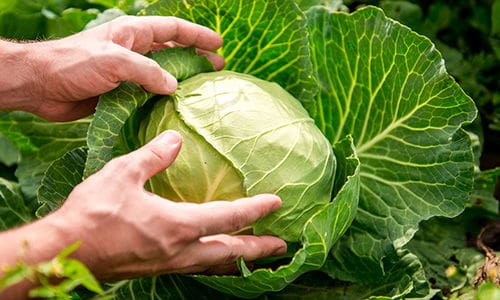
14. Blazing Star: The Blazing Star features bottle-brush flowers and grassy foliage that require well-draining moist clay soil to grow. It has nectar that serves as food for monarch butterflies.
15. Squashes: With rotten manure, squashes will grow well on clay. When fresh, squashes constitute a significant ingredient for making a salad.
16. Daylily: Daylily comes in a wide range of colors and sizes and will thrive on clay, average, well-drained soil. An extract from daylily is a recipe for blood purification.
17. Aster: If you need a flowering plant that will take your garden through to frost, it’s aster. It’ll do well on a raised bed for a heavy-clay garden.
18. Tomatoes: Tomatoes will grow and produce excellent yield on clay soil with mulching, organic nutrients, and enough water. They serve as food and can be converted to medicine.
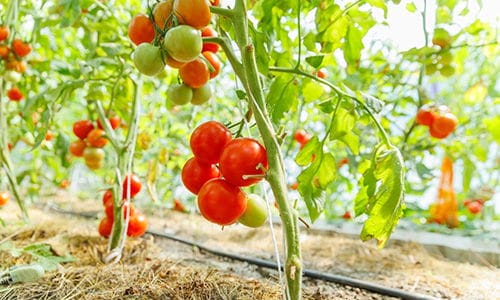
19. Bee Balm: This plant with showy flowering heads can survive on any soil, and well-draining clay soil is a perfect match. It’s used as an herbal solution.
20. Black-eyed Susan: This staple wildflower requires average medium water-retentive but well-draining soil, and clayey features work with it. It’s used in Black America to treat parasitic worms
21. Sea Holly: Sea Holly features thistle-like flower heads and will need well-drained clay soil to make its blooms last for days. It can slow down the formation of kidney stones.
22. Coneflower: It’s a perfect easy-to-grow flower. It can survive in summer and on clay fully sunny, partly shaded soil conditions. It features stiff stems with daisy-like flowers.
23. Broccoli: Broccoli is good on clay soil with a temp range of 65-75 degrees F. It is used as medicine. Because soil clay is water-retentive and well-drained, this cool-season veg will do well.
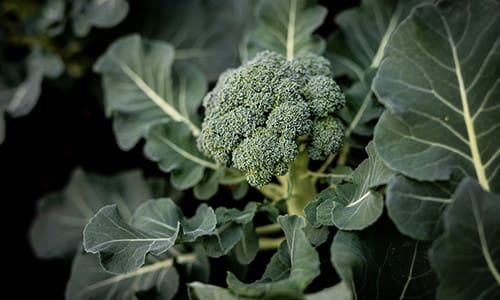
24. Annual Sunflower: Looking for a plant that can serve as a perfect summer cover crop? This soil-tolerant, clay-busting plant will be your right pick.
25. Ironweed: New York ironweed is a vibrant flowering plant growing well in rich, medium to damp, slightly acidic draining conditions. It’s suitable for making teas.
26. Cowpea: As a dense, fibrous, and vigorous plant, cowpea is a nitrogen fixer. They break up the clay and enrich the soil.
27. Russian Sage: This flowering plant grows well on sunny, dry, and hot clay soil. Steep sage leaves can form a tea for health purposes.
28. Yarrow: Yarrow is a soil-enriching homestead plant famous for its root hardiness, capable of pushing and cracking up clay soil.
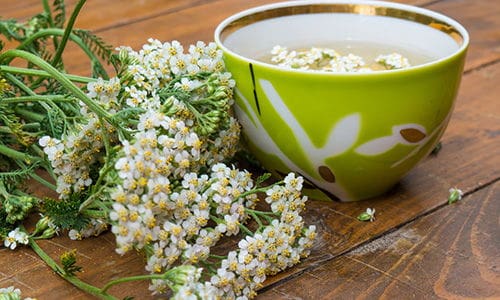
29. Daikon Radish: Thanks to its deep tap roots, it will penetrate and crack clay soil. It can serve as a cover crop to crack up clay soil for other plants. You can eat it as a crunchy bite or a staple.
30. Coreopsis: Coreopsis is a long-blooming, clay-busting flowering plant that helps prevent unwanted seeds from growing. It also enriches your clay.
31. False Sunflower: It has an impressive tolerance for heat and drought and blossoms garden performance. It grows well in full sun and well-drained soil conditions.
32. Yucca: Yucca’s waxy and towering white blooms often flower in the summer under sun-filled and well-drained soil. It thrives well in clay, usually in humid areas.
Related: If You Have This Plant in Your Backyard, You Will Never Run Out of Soap
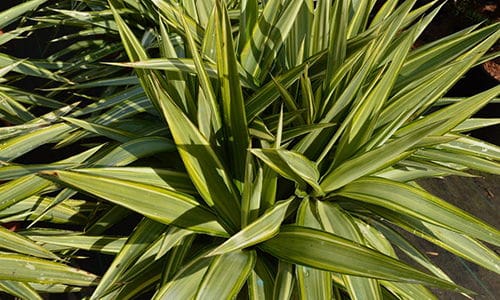
33. Canna: Another tropical-looking flowering plant on my list is Canna. It grows well in sunny, poorly drained soil conditions. It can thrive well in standing water.
34. Geranium: Perennial geranium is known for its excellent ground cover for clay soil. It will withstand the shenanigans of partly shaded, well-drained, and fully sunny soil conditions.
35. Dandelion: Dandelion is a nutritious veggie in your homestead garden. It has deep roots that can penetrate clay and survive in well-drained soil. The plant grows as a perfect first aid kit.
Other plants that will grow and survive clay soil include:
Baptistia, Bluestar, Columbine, Coral Bells, Elder, Floxgloves, Helenium, Heuchera, Lettuce, Little Bluestem, Miscanthus, Rudbeckia, Salvia, Snap Beans, Petunia, Weigela
Now you have the list of these clay plants that can protect and enrich your homestead clay soil! Which one do you already have?
You may also like:
 13 Plants That Thrive In Shade
13 Plants That Thrive In Shade
The Long-Lasting Food That Amish Pioneers Turned To In Dark Times (Video)
Do You Have This Plant In Your Backyard?
Boost Your Soil Quality With This Compost
How to Adjust the pH in Soil and Water for Abundant Harvests
